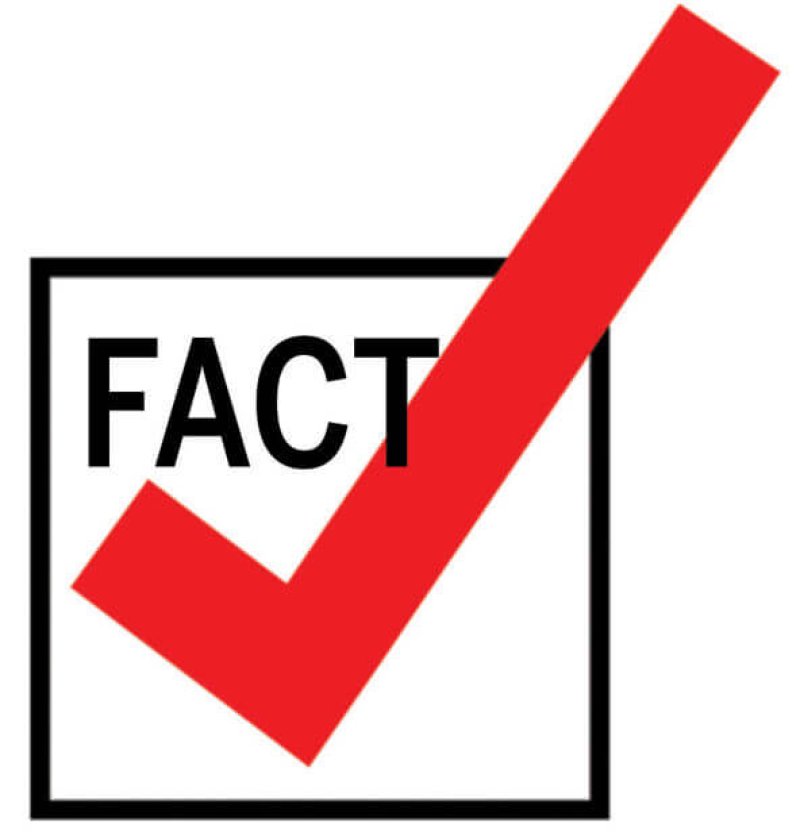Editor’s Note: This article, written by Country Guide agriculture columnist Gerald Pilger, discusses how to determine whether an article is “fake news” or not, using what he calls a smell test, checking the Source, Motive, Evidence, Logic and Left out information within the article to determine how factual it is. He uses the controversy surrounding glyphosate as one example.
…
[M]isinformation [surrounding glyphosate and GMOs] continues to spread … on November 15, 2016, the Food Babe made a number of unsubstantiated claims based on a report published by Food Democracy Now about the toxicity of glyphosate. She went on to imply that Monsanto and the FDA have conspired to conceal glyphosate residues in food.
Her assertions attracted the attention of Snopes, an organization which investigates urban legends and misinformation. Based on investigation, Snopes labelled these Food Babe’s claims as false.
Last year, Snopes also rejected the article…[which] stated: “One in two children will be autistic by 2025 due to the use of glyphosate (Roundup) on food crops.”
Snopes rated the claims made in the article as unproven and concluded: “Whether educated or not, guesswork is only the start of research in epidemiology, and no published research exists to prove…a link between glyphosate and autism. No evidence was presented in the article to provide context for why glyphosate (or GMOs) would be any more likely to account for the presumed increase than other environmental factors.”
Yet for every claim, article, or post that is discredited by an organization like Snopes, there are many more which are not fact checked and are accepted as fact by consumers.
…
The GLP aggregated and excerpted this blog/article to reflect the diversity of news, opinion, and analysis. Read full, original post: Before you believe it































